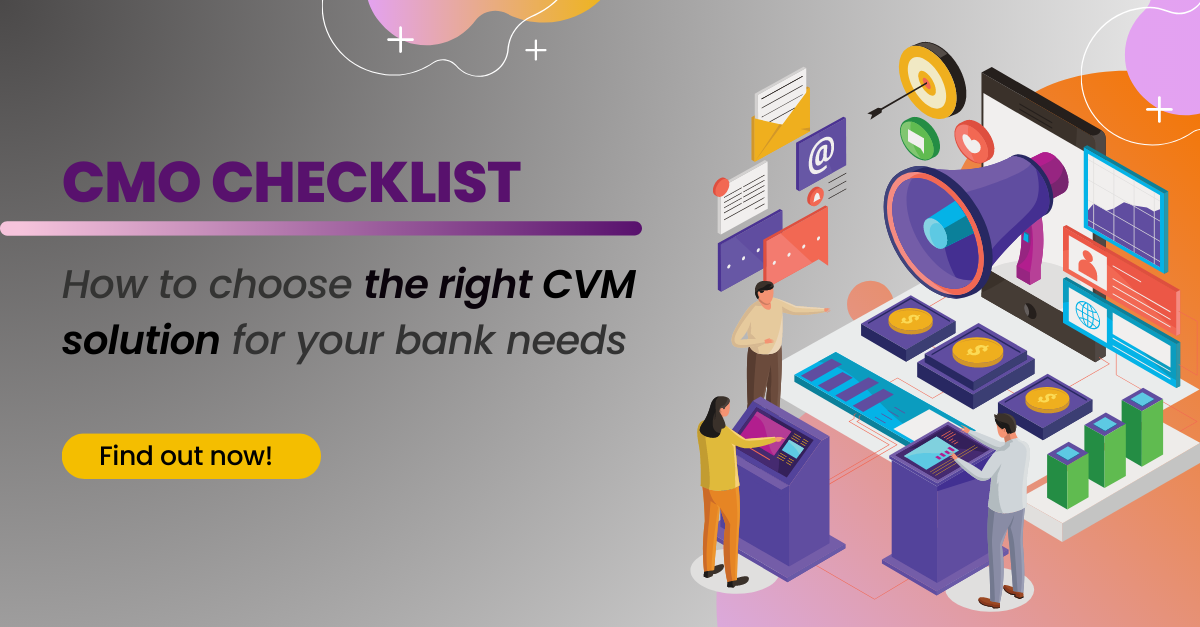
Traditional retail banks are in a tough spot with the emergence of digital or neo-banks. Digital adoption among end customers, especially spiked during the pandemic, has provided a superior edge to the digital natives. While some retail banks have en route the digital way to customer engagement, the legacy mindset, infrastructure, and resource limitations make this transition challenging. This results in higher churn, lower revenues and less brand loyalty.
“Many studies have shown that customer churn can significantly impact a bank’s revenue. According to a study, a 5% increase in customer retention can lead to a 25-95% increase in profits. On the other hand, customer churn can result in losing their current and future business and a likelihood of negative word-of-mouth for the bank.”
While it is difficult to provide an exact figure for the revenue that retail banks lose due to customer churn, it is clear that customer retention is a key factor in maintaining a healthy revenue stream. Banks can mitigate churn by improving customer experience, providing competitive products and services, and implementing effective customer retention strategies. According to some estimates, the cost of customer churn can be as high as 5-10 times the cost of retaining an existing customer. A new-age customer engagement solution will play a crucial role for the banks.
Banks are trying to up their game by modernising their tech stack and infrastructure and adding skilful resources. DBS Bank in Singapore has invested heavily in digital transformation and data analytics to enhance customer experience. HDFC Bank in India has been using advanced analytics and AI-powered solutions to improve customer experience and retention. They have implemented initiatives such as chatbots, voice assistants, and personalised marketing campaigns to engage customers better. Ecobank has implemented initiatives such as mobile banking and digital wallets to provide customers with convenient banking services. Banks also expect increased participation from their tech vendors, such as campaign management and CRM vendors, to help them achieve their business goals.
“Equity Bank and Mastercard in Africa: Equity Bank, a Kenyan bank, partnered with Mastercard to launch a virtual prepaid card that allows customers to make online purchases and pay bills without going to a physical bank.
Ecobank and Microsoft in Africa: Ecobank, a pan-African bank, partnered with Microsoft to launch a mobile banking app that allows customers to check their balances, transfer funds, and pay bills using their mobile phones”.
As we speak of these innovation projects, one solution that is at the core of all this is a campaign management solution. It directly affects the bank’s value creation chain as it is responsible for customer acquisition, engagement, and retention. So, the decision to invest in such as solution should be a thoughtful one. Hence, we have created this checklist for your as CMO or Head of Marketing at a bank to look for when you plan to invest in a customer engagement solution.
12 critical capabilities that retail banks need to look out for when investing in a campaign management solution. Does your CVM tick all the points?
Hyper-personalisation: Banks need a contextual campaign management solution that can personalise messaging to individual customers based on their behaviour and preferences.
Multi-channel support: The solution must be able to manage campaigns across multiple channels, including email, mobile, social media, and website.
Real-time capabilities: Banks require real-time campaign management to respond to customer behaviour as it happens.
Segmentation and targeting: The solution must be able to segment customers based on demographics, behaviour, and other factors and target them with relevant campaigns.
Lead Management: The system should be capable of identifying high-value prospect interaction across channels to ensure a high conversion funnel. mViva can help you exactly with that, and also you can directly push prospects into different journeys from the funnel stages based on their interactions and lead score.
Purpose-driven customer journeys: The solution must enable value-driven customer interactions based on the customer’s purpose, intent and needs rather than just being action driven.
Automation and workflows: Banks need a solution to automate campaign workflows and make it easy for marketers to create and manage campaigns.
Real-time analytics and reporting: The solution must have robust analytics and reporting capabilities to track campaign performance and identify areas for improvement.
Integration with existing and new systems: Banks need a solution to integrate with their existing systems, such as customer relationship management (CRM) and data analytics platforms.
Scalability: The solution must handle large volumes of data and campaigns as the bank grows.
Security and compliance: Banks require a secure and compliant solution with regulations such as GDPR and CCPA.
Ease of use: The solution must be user-friendly and intuitive, allowing marketers to easily create and manage campaigns without extensive technical knowledge.
mViva Customer Engagement Hub offers retail banks all the digital capabilities to provide an integrated experience to their end customers based on purpose-driven customer journeys. The advanced analytics module provides a 360-degree customer profile to execute a segment of one marketing. Banks can offer highly personalised, contextual, and relevant offers in real time, ensuring a high uptake rate.
Re-imagine your customer engagement with mViva.


